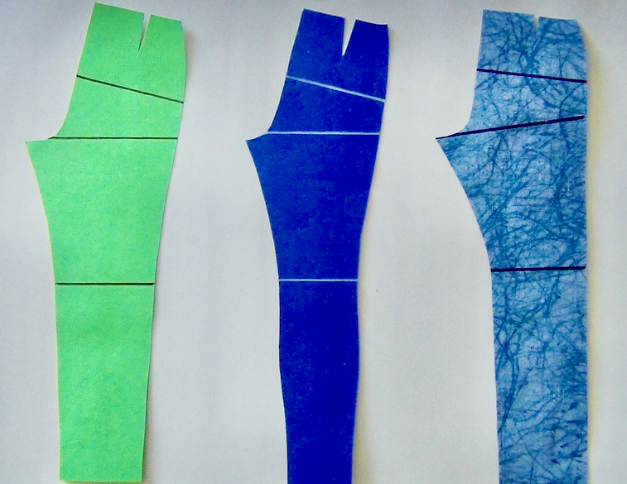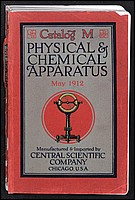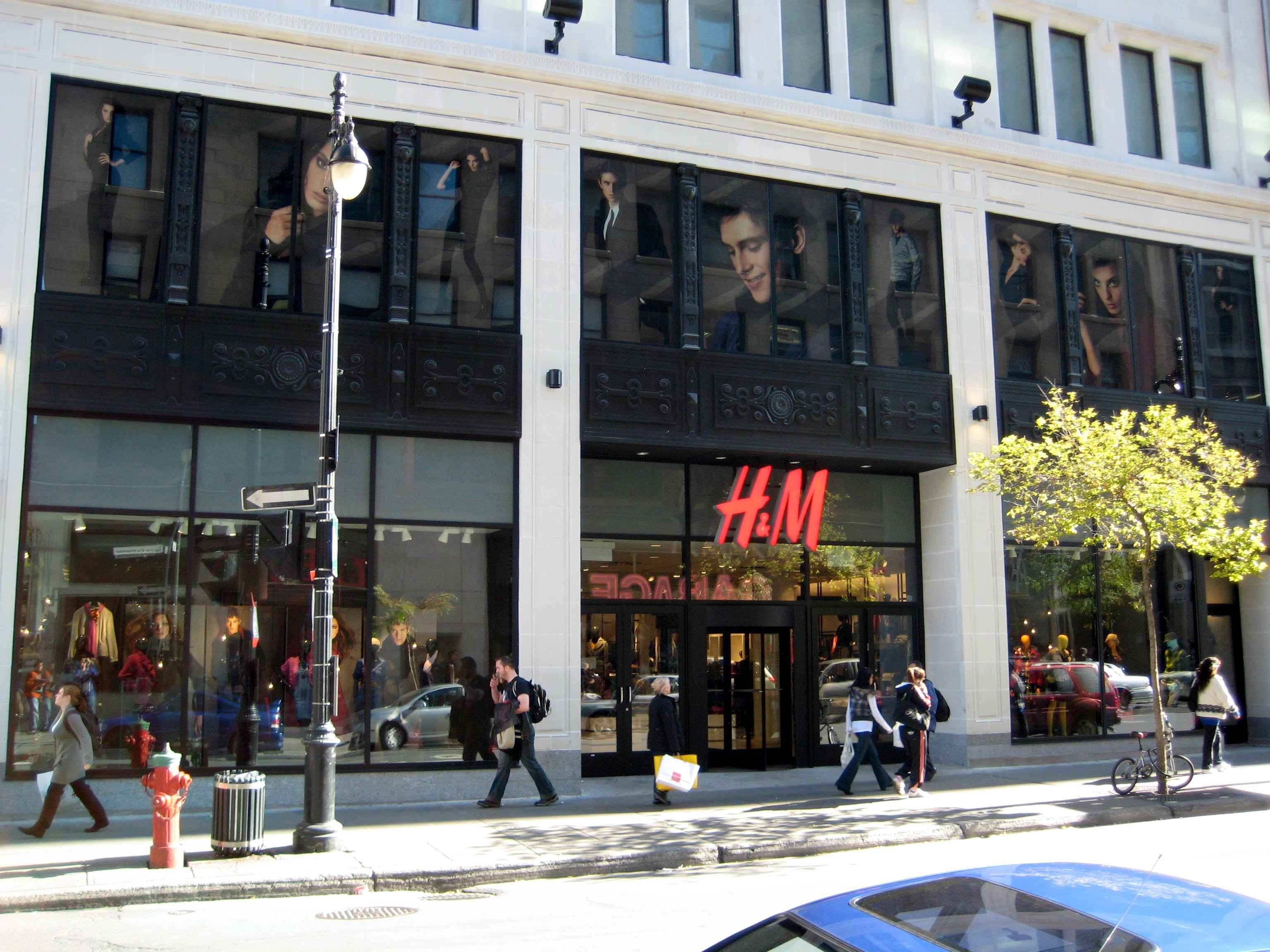|
Clothkits
Clothkits is an English clothing company, originally based in Lewes, East Sussex. Founded as a mail order business by Anne Kennedy in 1969 and sold in 1988, Clothkits at one stage employed 400 workers and had 7 shops. The name continued to be used for a short time after the takeover of the company by Freemans, a larger mail order catalogue business, and was discontinued in 1991. Clothkits specialized in selling pre-printed kit clothing for children and adults, with colorful prints designed under the guidance of Janet Kennedy. The kit would comprise a pattern printed onto the fabric so that it could be cut out and assembled without needing to pin a paper pattern. The kits were also notable for containing all the materials needed to complete the garment. The spare fabric around the pieces of the main pattern would often feature a doll sized pattern for the same garment. As well as the printed kits, they sold ready-made clothing and coordinating knitted items such as jumpers and ti ... [...More Info...] [...Related Items...] OR: [Wikipedia] [Google] [Baidu] |
Janet Kennedy (designer)
Janet Kennedy (28 June 1934 - 8 July 2021) was a British print designer known for her work on childrenswear for Clothkits. Biography Kennedy was born to Stewart and Connie Eady in Pinner, Middlesex. She studied at the North London Collegiate school under Peggy Angus. She then left to study sculpture at the Edinburgh College of Art. Through Angus, Kennedy was introduced to artists in South-East England who were also interested in art for daily life. She established herself near Lewes Lewes () is the county town of East Sussex, England. It is the police and judicial centre for all of Sussex and is home to Sussex Police, East Sussex Fire & Rescue Service, Lewes Crown Court and HMP Lewes. The civil parish is the centre of ... and in 1971, joined a local company, Clothkits, a mail-order known for its kits to make colourful and easy-to-make children's clothes, as well as accessories and toys. Clothkits expanded considerably during the 1970s, shaping British childrenswear fa ... [...More Info...] [...Related Items...] OR: [Wikipedia] [Google] [Baidu] |
Pattern (sewing)
In sewing and fashion design, a pattern is the template from which the parts of a garment are traced onto woven or knitted fabrics before being cut out and assembled. Patterns are usually made of paper, and are sometimes made of sturdier materials like paperboard or cardboard if they need to be more robust to withstand repeated use. The process of making or cutting patterns is sometimes compounded to the one-word Patternmaking, but it can also be written pattern(-)making or pattern cutting. A sloper pattern (home sewing) or block pattern (industrial production) is a custom-fitted, basic pattern from which patterns for many different styles can be developed. The process of changing the size of a finished pattern is called grading. Several companies, like Butterick and Simplicity, specialize in selling pre-graded patterns directly to consumers who will sew the patterns at home. Commercial clothing manufacturers make their own patterns in-house as part of their design and producti ... [...More Info...] [...Related Items...] OR: [Wikipedia] [Google] [Baidu] |
Clothing
Clothing (also known as clothes, apparel, and attire) are items worn on the body. Typically, clothing is made of fabrics or textiles, but over time it has included garments made from animal skin and other thin sheets of materials and natural products found in the environment, put together. The wearing of clothing is mostly restricted to human beings and is a feature of all human societies. The amount and type of clothing worn depends on gender, body type, social factors, and geographic considerations. Garments cover the body, footwear covers the feet, gloves cover the hands, while hats and headgear cover the head. Eyewear and jewelry are not generally considered items of clothing, but play an important role in fashion and clothing as costume. Clothing serves many purposes: it can serve as protection from the elements, rough surfaces, sharp stones, rash-causing plants, insect bites, by providing a barrier between the skin and the environment. Clothing can insulate against ... [...More Info...] [...Related Items...] OR: [Wikipedia] [Google] [Baidu] |
Lewes
Lewes () is the county town of East Sussex, England. It is the police and judicial centre for all of Sussex and is home to Sussex Police, East Sussex Fire & Rescue Service, Lewes Crown Court and HMP Lewes. The civil parish is the centre of the Lewes local government district and the seat of East Sussex County Council at East Sussex County Hall. A traditional market town and centre of communications, in 1264 it was the site of the Battle of Lewes. The town's landmarks include Lewes Castle, Lewes Priory, Bull House (the former home of Thomas Paine), Southover Grange and public gardens, and a 16th-century timber-framed Wealden hall house known as Anne of Cleves House. Other notable features of the area include the Glyndebourne festival, the Lewes Bonfire celebrations and the Lewes Pound. Etymology The place-name 'Lewes' is first attested in an Anglo-Saxon charter circa 961 AD, where it appears as ''Læwe''. It appears as ''Lewes'' in the Domesday Book of 1086. The additio ... [...More Info...] [...Related Items...] OR: [Wikipedia] [Google] [Baidu] |
East Sussex
East Sussex is a ceremonial and non-metropolitan county in South East England on the English Channel coast. It is bordered by Kent to the north and east, West Sussex to the west, and Surrey to the north-west. The largest settlement in East Sussex is the city of Brighton and Hove. History East Sussex is part of the historic county of Sussex, which has its roots in the ancient kingdom of the South Saxons, who established themselves there in the 5th century AD, after the departure of the Romans. Archaeological remains are plentiful, especially in the upland areas. The area's position on the coast has also meant that there were many invaders, including the Romans and later the Normans. Earlier industries have included fishing, iron-making, and the wool trade, all of which have declined, or been lost completely. Governance Sussex was historically sub-divided into six rapes. From the 12th century the three eastern rapes together and the three western rapes together had separ ... [...More Info...] [...Related Items...] OR: [Wikipedia] [Google] [Baidu] |
Mail Order
Mail order is the buying of goods or services by mail delivery. The buyer places an order for the desired products with the merchant through some remote methods such as: * Sending an order form in the mail * Placing a telephone call * Placing an order with a few travelling agents and paying by installments * Filling in a form on a website or mobile app — if the product information is also mainly obtained online rather than via a paper catalogue or via television, this model is online shopping or e-commerce Then, the products are delivered to the customer. The products are usually delivered directly to an address supplied by the customer, such as a home address, but occasionally the orders are delivered to a nearby retail location for the customer to pick up. Some merchants also allow the goods to be shipped directly to a third party consumer, which is an effective way to send a gift to an out-of-town recipient. Some merchants delivered the goods directly to the customer via t ... [...More Info...] [...Related Items...] OR: [Wikipedia] [Google] [Baidu] |
Freemans
Freemans is a British online and catalogue clothing retailer headquartered in Bradford, England. Freemans offers a range of products, predominantly clothing, footwear and homewares. History The company was founded as Freemans & Co in 1905 by four partners, A.C. Rampton, W.E. Jones, S.C. Rampton and H.A. Freeman and began life with only twelve staff out of a terraced house based in Clapham, south London. Each member put up £100 as capital to get the business going, . Freemans specialised in selling clothing items and distributed its catalogue each month throughout the United Kingdom. The initial catalogues were made up of black and white illustrations that reflected the available products. Of the product range the "made to measure" suits were a success, offering a cheap tailored opportunity for customers at the time, costing only 30 shillings, . The company used agency representatives in local areas as a form of credit control and to manage sales, with most goods being sold ... [...More Info...] [...Related Items...] OR: [Wikipedia] [Google] [Baidu] |
Doll
A doll is a physical model, model typically of a human or humanoid character, often used as a toy for children. Dolls have also been used in traditional religious rituals throughout the world. Traditional dolls made of materials such as clay and wood are found in the Americas, Asia, Africa and Europe. The earliest documented dolls go back to the ancient civilizations of Ancient Egypt, Egypt, Ancient Greece, Greece, and Ancient Rome, Rome. They have been made as crude, rudimentary playthings as well as elaborate art. Modern doll manufacturing has its roots in Germany, from the 15th century. With Industrialisation, industrialization and new materials such as porcelain and plastic, dolls were increasingly mass-produced. During the 20th century, dolls became increasingly popular as collectibles. History, types and materials Early history and traditional dolls The earliest dolls were made from available materials such as clay, stone, wood, bone, ivory, leather, or wax. Archaeology ... [...More Info...] [...Related Items...] OR: [Wikipedia] [Google] [Baidu] |
Rob Ryan (artist)
Rob Ryan (born 1962) is a British visual artist who specialises in Papercutting and screen-printing. He is known for his detailed paper cut outs. His artwork has featured in ''Vogue'', ''Elle'', and '' Stylist''. He has also collaborated with fashion designer Paul Smith. Ryan has illustrated book and album covers, including John Connolly's novel '' The Book of Lost Things'', Erasure's album '' Nightbird'', Louis de Bernières short-story collection '' Notwithstanding'' and Dara Horn's novel ''The World to Come''. His first book, ''This Is for You'', was published in October 2007 by Hodder & Stoughton; it consists of a fairy tale told through his paper cut-out art and explores themes of love and loneliness. Ryan also creates the Global Gift greeting cards for the charity Trocaire. Personal life Ryan was born in 1962 in Cyprus in Paphos to Irish parents Doris and Buddy Ryan who divorced in 1966. He is the youngest of three brothers and his father was an RAF mess hall officer. ... [...More Info...] [...Related Items...] OR: [Wikipedia] [Google] [Baidu] |
Fast Fashion
Fast fashion is a term used to describe the clothing industry's business model of replicating recent catwalk trends and High fashion, high-fashion designs, mass production, mass-producing them at a low cost, and bringing them to retail stores quickly, while demand is at its highest. The term ''fast fashion'' is also used generically to describe the products of the fast fashion business model. Fast fashion grew during the late 20th century as manufacturing of clothing became less expensive — the result of more efficient supply chains and new quick response manufacturing methods, and greater reliance on low-cost labor from the apparel manufacturing industries of South, Southeast, and East Asia, where women make up 85-90% of the garment workforce. Labor practices of fast fashion are often exploitative, and due to the gender concentration of the garment industry, women are more vulnerable. Retailers who employ the fast fashion strategy include Primark, H&M, Shein (company), Shein, ... [...More Info...] [...Related Items...] OR: [Wikipedia] [Google] [Baidu] |
Sewing
Sewing is the craft of fastening or attaching objects using stitches made with a sewing needle and thread. Sewing is one of the oldest of the textile arts, arising in the Paleolithic era. Before the invention of spinning yarn or weaving fabric, archaeologists believe Stone Age people across Europe and Asia sewed fur and leather clothing using bone, antler or ivory sewing-needles and "thread" made of various animal body parts including sinew, catgut, and veins. For thousands of years, all sewing was done by hand. The invention of the sewing machine in the 19th century and the rise of computerization in the 20th century led to mass production and export of sewn objects, but hand sewing is still practiced around the world. Fine hand sewing is a characteristic of high-quality tailoring, haute couture fashion, and custom dressmaking, and is pursued by both textile artists and hobbyists as a means of creative expression. The first known use of the word "sewing" was in the 14th ... [...More Info...] [...Related Items...] OR: [Wikipedia] [Google] [Baidu] |






